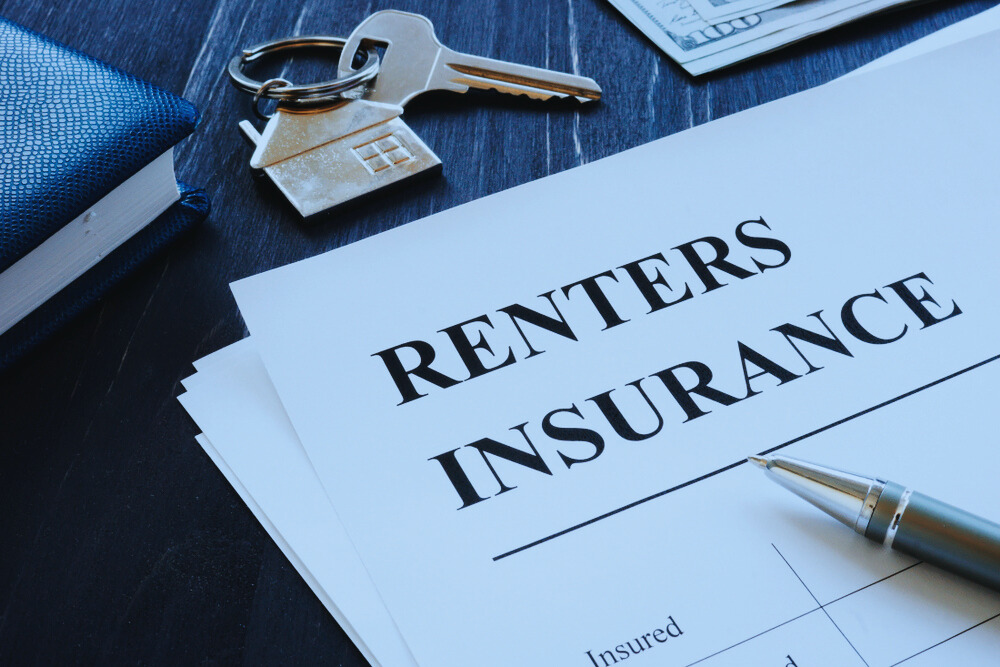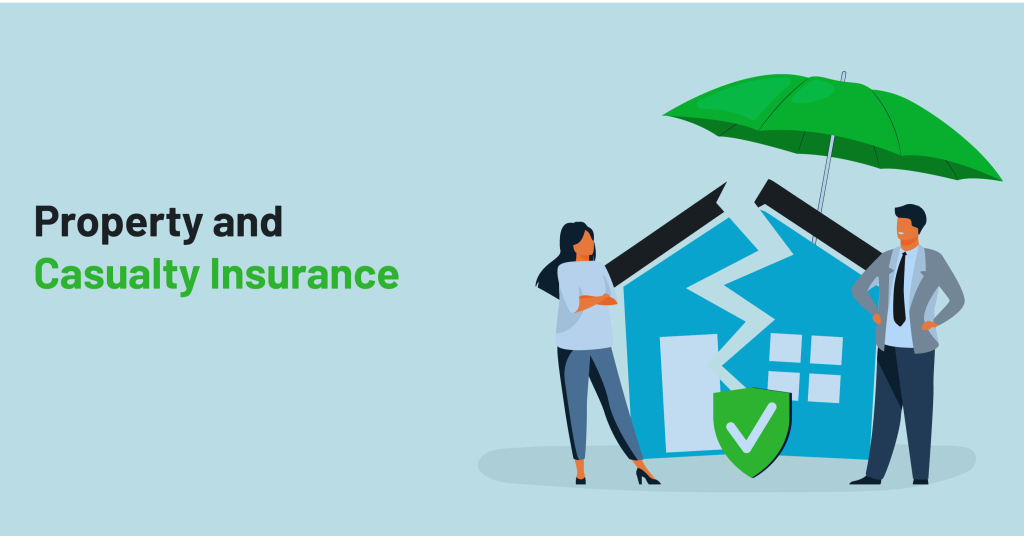Property and Casualty (P&C) insurance plays a vital role in protecting both individuals and businesses from significant financial loss. Whether it’s covering a home, a vehicle, or business assets, these types of policies are designed to shield against damage to property and liability for accidental harm to others.
By understanding the various types of Property and Casualty Insurance, policyholders can make well-informed decisions to safeguard their personal and business assets. Below, we’ll explore the essentials of Property and Casualty Insurance and dive deeper into the specific types of coverage available.
What Is Property and Casualty Insurance?
Property and Casualty Insurance encompasses two core types of coverage: property insurance and casualty insurance.
Property Insurance covers physical assets, such as homes, vehicles, or business buildings, protecting them from damage or loss due to specific events like fire, theft, and natural disasters. Casualty Insurance covers liability, offering protection if the insured party is responsible for causing harm or damage to another person or their property. Casualty insurance also includes general liability insurance for businesses, which helps protect against risks that could lead to lawsuits.
Understanding these two components helps differentiate P&C insurance from other insurance types, such as life or health insurance, which are designed to cover life events or medical needs rather than asset protection.
Types of Property and Casualty Insurance
There are several types of Property and Casualty Insurance available, each suited to different needs. Below are the main types, along with brief explanations of each.
Homeowners Insurance
Homeowners insurance is essential for property owners, as it covers potential damage to a residence and its contents. This type of Property and Casualty Insurance includes protection against risks such as fire, theft, and certain natural disasters, like windstorms. Additionally, it provides liability coverage if someone is injured on the property.
There are various forms of homeowners insurance, each designed for specific situations:
- HO-1 and HO-2 policies: Offer basic or broad coverage for named perils.
- HO-3 policies: Provide standard coverage for most homeowners, covering the dwelling and contents against all perils except those explicitly excluded.
- HO-5 policies: Provide comprehensive coverage, offering the most extensive protection for both dwelling and personal belongings.
- HO-8 policies: Specifically designed for older homes where the replacement cost may exceed the property’s market value.
Renters Insurance
Renters insurance is designed for tenants to protect their personal property and cover liability. This type of Property and Casualty Insurance typically covers losses from theft, fire, and water damage to personal belongings within a rented property. Renters insurance can also provide liability protection in case a guest is injured in the rented space.
A significant benefit of renters insurance is its affordability, offering tenants essential coverage without high premiums. Optional add-ons, like flood or earthquake coverage, can be added to protect against specific risks depending on the property’s location.

Auto Insurance
Auto insurance is one of the most common forms of Property and Casualty Insurance, legally required in most regions. It protects vehicle owners from financial losses due to accidents, theft, or damage. Auto insurance is typically divided into various types of coverage:
- Liability coverage: Covers the cost of damages and injuries the policyholder is responsible for in an accident.
- Collision coverage: Covers repair costs for the policyholder’s vehicle in the event of an accident, regardless of fault.
- Comprehensive coverage: Provides protection against damages from non-collision events, such as theft, vandalism, or weather-related incidents.
- Uninsured/Underinsured Motorist coverage: Protects the policyholder if the other party involved in the accident lacks sufficient insurance.
Auto insurance premiums are determined by factors like driving history, vehicle type, location, and coverage limits.
Commercial Property Insurance
Commercial property insurance is crucial for business owners, as it provides protection for physical business assets like buildings, equipment, and inventory. This type of Property and Casualty Insurance covers damages due to events such as fire, theft, and natural disasters.
For many businesses, commercial insurance is essential to prevent the significant financial setback that could result from property loss or damage. Policies can be tailored based on the specific needs of the business, making it possible to obtain coverage that best suits the company’s risks.
Liability Insurance
Liability insurance is a vital component of Property and Casualty Insurance for both individuals and businesses. This type of insurance covers legal costs and damages if the insured party is found liable for bodily injury or property damage to a third party.
There are several types of liability insurance:
- General liability insurance: Commonly used by businesses to protect against a wide range of potential lawsuits, including bodily injury and property damage claims.
- Professional liability insurance: Covers errors and omissions, particularly important for professionals such as doctors, lawyers, and accountants.
- Product liability insurance: Essential for businesses that manufacture or sell products, protecting against claims of injury or damage caused by their products.
Flood and Earthquake Insurance
Standard Property and Casualty Insurance policies often exclude coverage for floods and earthquakes. Separate policies or add-ons are available to protect properties located in high-risk areas for these specific perils. Flood Insurance is often a requirement for property owners in flood-prone zones and is available through government programs and private insurers. Flood policies cover property damage and loss due to rising water, mudslides, and flooding-related events. Earthquake Insurance provides coverage in the event of seismic activity, covering repairs and rebuilding costs after an earthquake. This type of insurance is essential in earthquake-prone regions, where damage could be extensive.
Workers’ Compensation Insurance
Workers’ compensation insurance is a specialized type of Property and Casualty Insurance designed for businesses to cover employee injuries on the job. This insurance provides benefits to workers who experience work-related injuries or illnesses, covering medical expenses, rehabilitation costs, and partial wages during recovery.
Workers’ compensation is mandatory in most jurisdictions and protects both the employee and employer by offering financial support for the injured worker and reducing the risk of lawsuits against the business.

Conclusion
Understanding the types of Property and Casualty Insurance is essential for individuals and businesses alike to safeguard against a wide array of risks. With coverage options spanning from homeowners and renters insurance to more specialized options like flood and earthquake policies, each type offers tailored protection for specific needs. By recognizing which forms of insurance apply to personal or business situations, policyholders can secure peace of mind knowing they are adequately protected.
To streamline processes and maintain high service standards, many insurance agencies now turn to insurance back office outsourcing services for tasks like claims processing, underwriting support, and customer service management. Outsourcing these tasks helps agencies manage costs, increase efficiency, and focus on core business activities while ensuring clients receive timely and accurate service.
